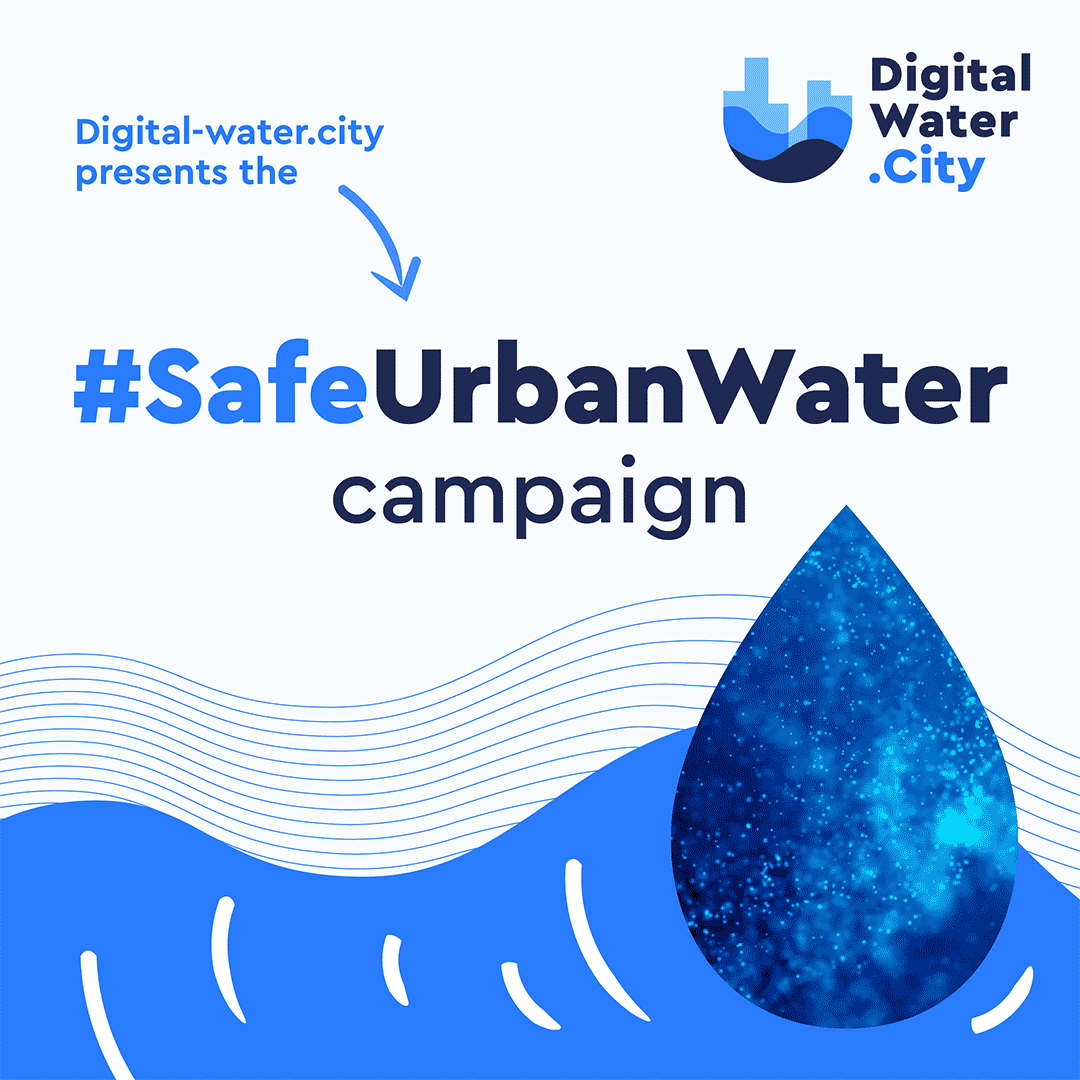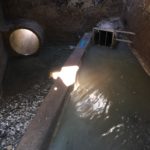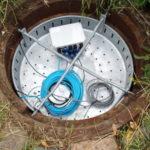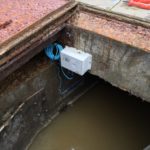The first interview of the #SafeUrbanWater campaign is with Oriol Gutierrez, researcher at ICRA (Catalan Institute for Water Research), and developer of the Low-cost temperature sensors for real-time combined sewer overflow (CSO) and flood monitoring. We talked with Oriol to learn more about this solution that has a lot of potential to be implemented in other cities.
Here is what he told us:
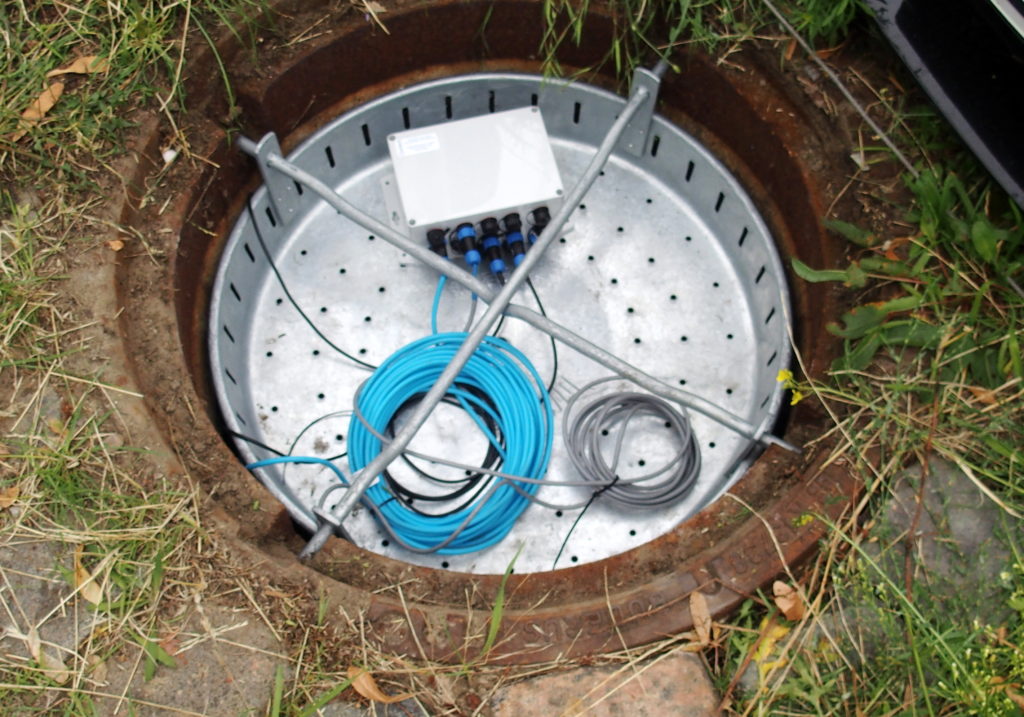
What does this digital solution consist of and what is the main technology used?
The solution consists of low-cost temperature sensors installed in specific locations of sewer systems to detect sewage discharge in stormy conditions, events typically known as Combined Sewer Overflows (CSO’s). Occurrence and duration of CSO’s can be detected by shifts in temperature in the sewers, calculated with the temperature difference between the air phase and the stormwater discharge. The solution combines three different technologies: the temperature measurements itself, the treatment of data with artificial intelligence algorithms to specifically detect CSO’s and a visualisation web platform that allows seeing what happens at each point.
For which purpose can the sensors be used and which broader aim can they be a supporting tool of?
The solution helps monitor the discharge of contaminated stormwater into the environment. This is a widespread problem that water utilities are facing with limited knowledge of what is happening in their systems. For instance, conservative estimations reported by 19 EU member states say that 3 billion litres per year of untreated wastewater are being discharged from over 650,000 overflow structures. Most CSO events are not monitored in Europe and one of the main reasons for that is a lack of affordable technologies for such widespread environmental, social and economic problem.
Most CSO events are not monitored in Europe and one of the main reasons for that is a lack of affordable technologies.
What would you say are the most innovative features and what is the added value of this solution?
The most innovative feature of our solution is that it uses the concept of soft sensing: a simple yet robust sensor, of temperature in our case, to measure something which was not its main purpose, CSO events. We could do this thanks to the advanced algorithms specially developed to treat and combine raw temperature data to detect contamination events. The final goal is to have an affordable tool, that can be deployed in various locations.
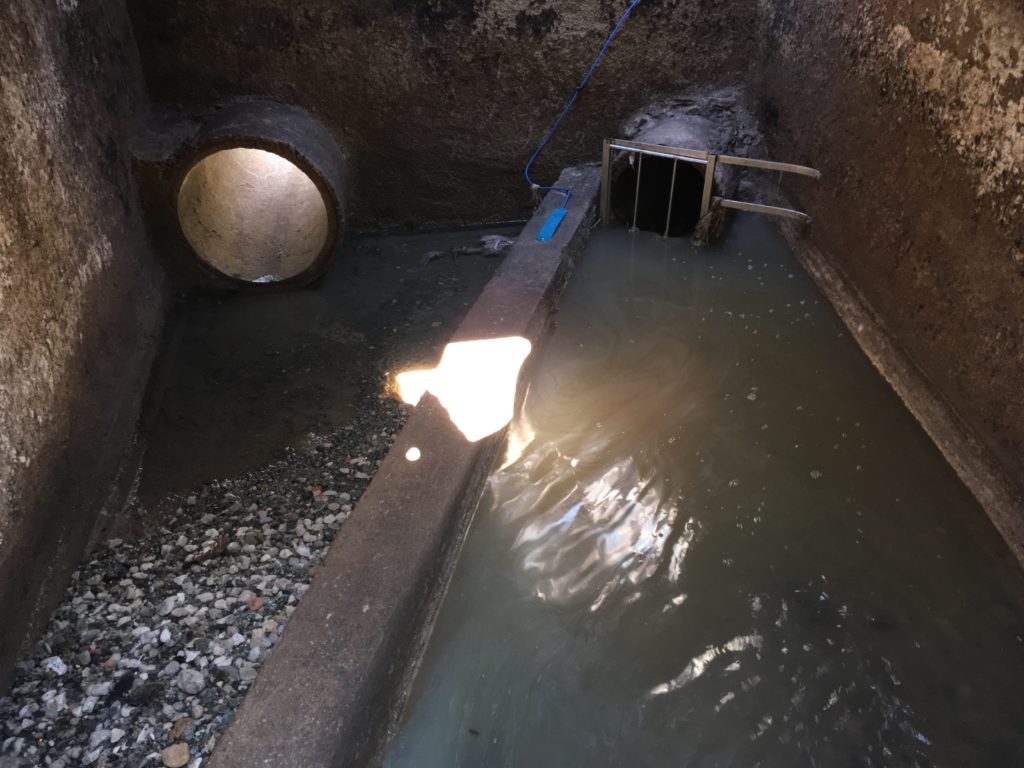
Who can use this tool and how can it help them?
Anyone who is in charge of the management of sewer and drainage urban systems. It can be a company, a local city council, a public-private consortium, etc. Our solution could help water infrastructure managers know what is happening in the sewer system during rain events, how they are working, how they are behaving, etc. Managers need this information to take the right decisions and act to solve problems.
How would you say being part of DWC project helped in developing such a tool?
Being part of DWC has been an amazing opportunity for us. Probably what helped us most was the input from the water utility partners of the project, Berliner WasserBetriebe and Sofiyska Voda. Their feedback has been crucial to upgrade our solution, and we did great progress despite not being able to bring the tool to the market yet. We are definitely closer to going to the market than we were at the beginning of the project, and we look forward to applying the knowledge acquired to improve our solution.
Find more information about the solution here.
